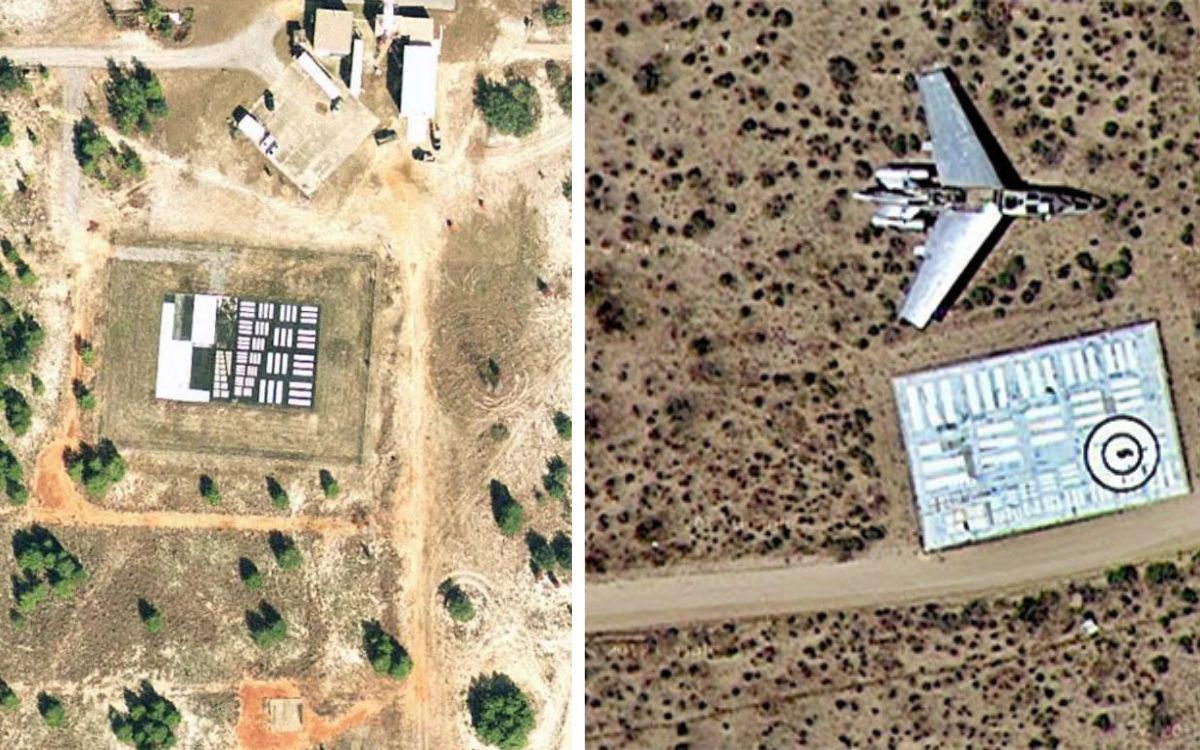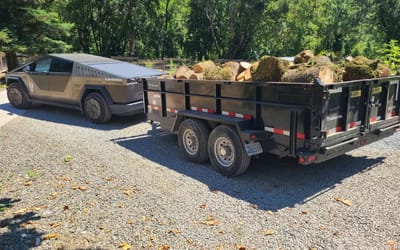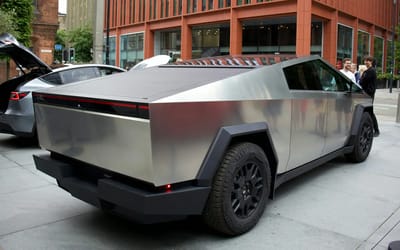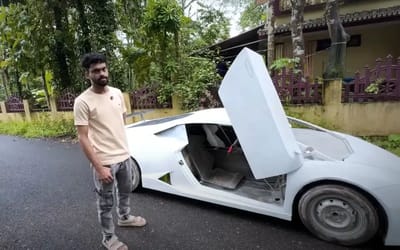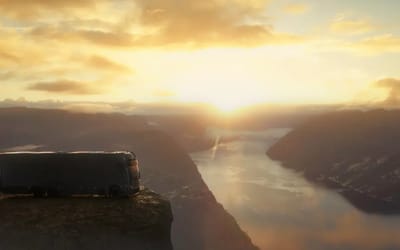Strange giant barcodes can be seen from the skies across the US
- There are mysterious, giant barcodes across the US
- They can be spotted from an aircraft when flying overhead
- What they’re actually designed for might surprise you
Published on Nov 28, 2023 at 9:26 PM (UTC+4)
by Amelia Jean Hershman-Jones
Last updated on Dec 21, 2023 at 1:22 PM (UTC+4)
Edited by
Alessandro Renesis
If you’re flying above the US you might spot what looks like mysterious giant barcodes below.
Dotted across the landscape, mostly near airforce bases, they look like QR codes for aliens.
Spoiler alert: they aren’t.
READ MORE! ‘New Concorde’ jet that flies from New York to London in 90 minutes set to make first flight
Embossed onto a panel of tarmac, they’re certainly not long-lost relics from ancient civilizations either.
In fact, these giant barcodes only hark back to the 20th century
These monochrome markings were actually used to calibrate the lenses of aerial and satellite cameras
The vast majority were made in the 1950s and 1960s.
That’s when the Cold War was starting to get a little heated.
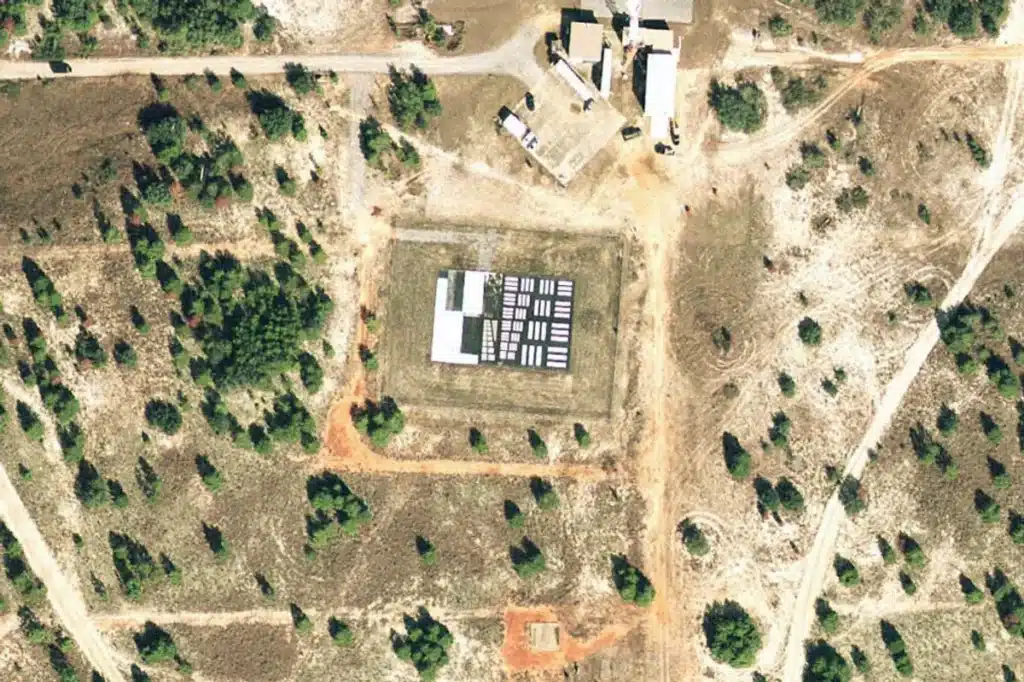
The giant barcodes are actually a hangover from a US attempt to bolster its aerial reconnaissance and the technology behind it.
Come back to earth and from the ground you’ll notice that they’re usually situated on a flat pad of concrete or asphalt.
The black and white symbols are put into organised lines.
These stripes were used by planes and satellites.
The aircraft used their optical resolution to calibrate their imaging equipment.
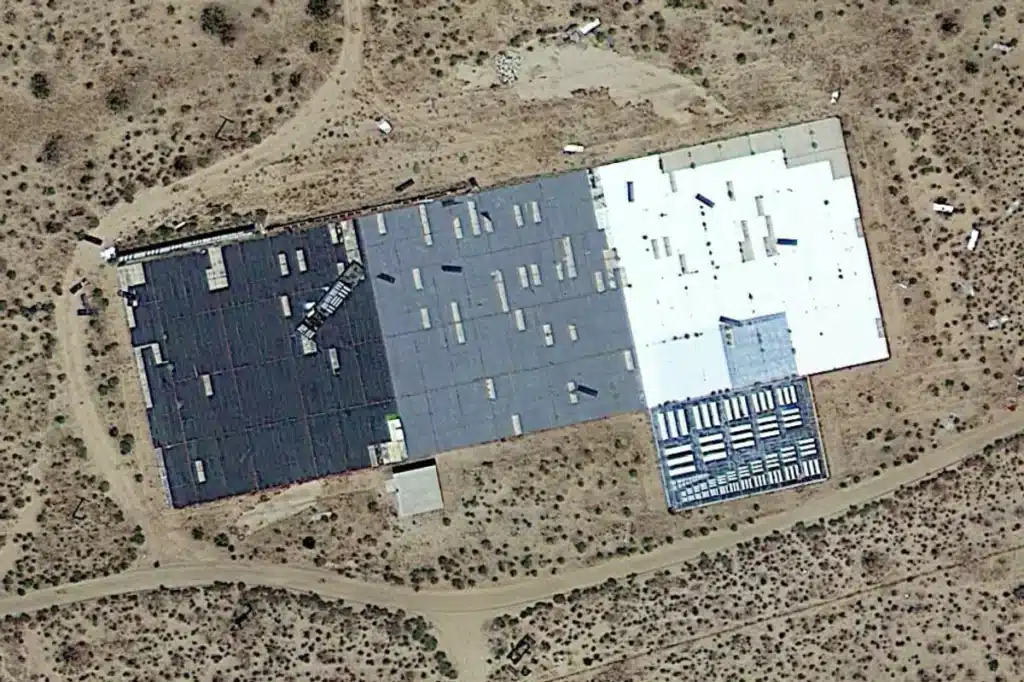
While it’s a far cry from the eVTOLs, supersonic and camouflaged aircraft today – it was progressive for its time.
While it’s hard to get a sense of perspective from the air, they’re usually slightly smaller than a basketball court.
So how do they work?
“The targets function like an eye chart at the optometrist, where the smallest group of bars that can be resolved marks the limit of the resolution for the optical instrument that is being used,” say the Center for Land Use Interpretation (CLUI).
“For aerial photography, it provides a platform to test, calibrate, and focus aerial cameras traveling at different speeds and altitudes.
“The targets can also be used in the same way by satellites.”
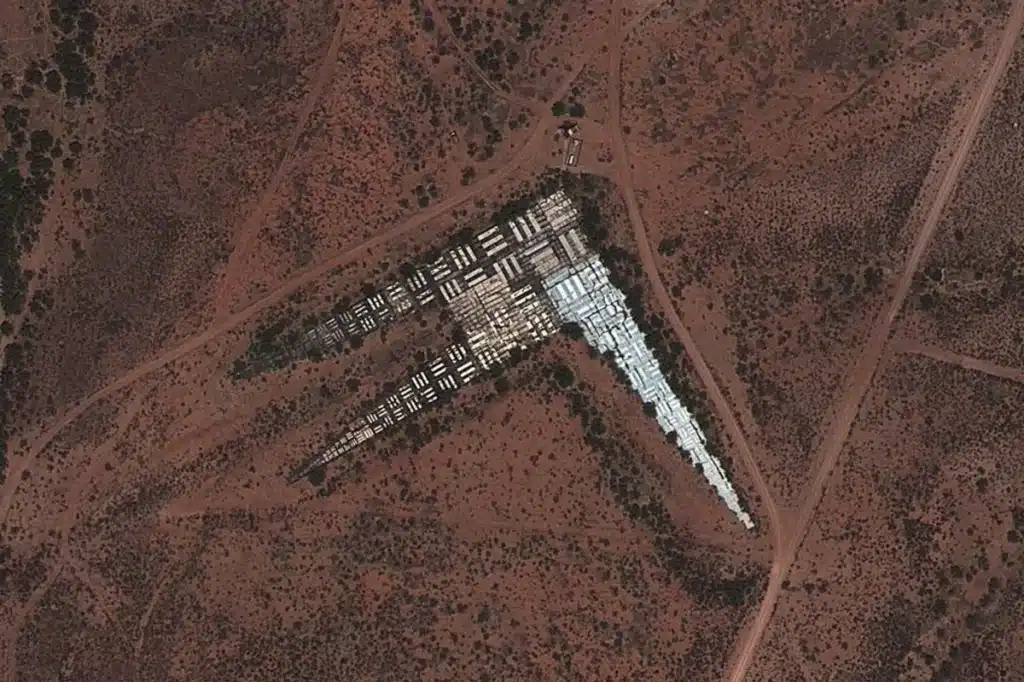
It’s thought the targets were used to test formidable aircraft developed by the US during the Cold War period.
These aircraft include the SR-71 Blackbird and the U-2.
While they’re still in situ, modern technology doesn’t need to be calibrated in the same way.
So while there are still dozens of them lying across the landscape of the US – they’re no longer in use.
On the hunt for them?
They can be found near Eglin Air Force Base in Florida, the Nevada Test Site, Fort Huachuca in Arizona and Wright-Patterson Air Force Base in Ohio.
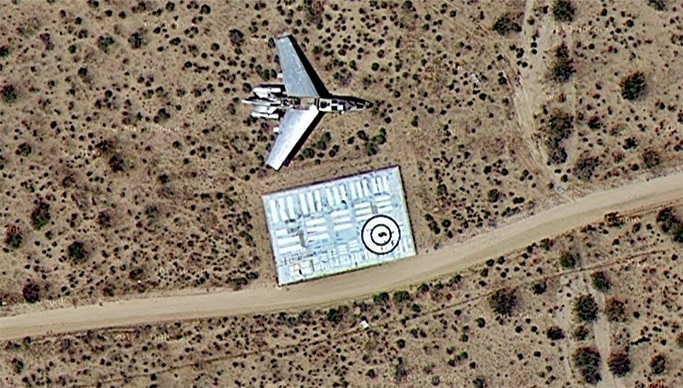
You can also look near Travis Air Force Base in California, Marine Corps Air Station Beaufort in South Carolina, and Shaw Air Force Base in South Carolina.
And this calibration technique wasn’t unique to the US.
In fact, internet sleuths were trawling Google Maps in 2011 and noticed strange structures in the Chinese desert.
Some were square, others zig-zagged, while a few consisted of giant characters from the Chinese alphabet.
While conspiracy theories abound, it was eventually revealed they were also there to calibrate China’s reconnaissance satellites.
As for the future of air travel technology, pilotless planes and SpaceX rockets seem to be the direction it’s heading in.
DISCOVER SBX CARS: The global premium car auction platform powered by Supercar Blondie

All Supercar Blondie contributors undergo editorial review and fact-checking to ensure accuracy and authority in automotive journalism. After gaining her BA Hons in French and English at the University of Nottingham, Amelia embarked on a vocational diploma from the National Council for the Training of Journalists (NCTJ). This led to numerous opportunities, from interning at Vogue to being on the small team that launched Women’s Health magazine in the UK, which was named the PPA Consumer magazine of the year for three years running. As Health, Beauty and Fitness editor, Amelia personally received a Johnson & Johnson Award and was shortlisted for both PPA and BSME titles. Since then, Amelia has created content for numerous titles and brands, including the Telegraph, 111 Skin, Waitrose, Red magazine, Stylist, and Elle, as well as being Head of Content at Vitality and Editor in Chief at INLondon magazine. “My superpower is translating technical jargon about the mechanical workings of a supercar into a relatable story you’ll want to share with your friends after you’ve read it.” After joining the SB Media family as a senior journalist in September of 2023, Amelia’s role has evolved to see her heading up the SEO output of the editorial team. From researching the most ‘Google-able’ key terms to producing evergreen content - it’s been a time of hard work, growth, and success for the editorial team and the Supercar Blondie website. “I like to think of myself as a ‘method journalist’. In other words: I live and breathe whatever I am writing about. When writing about fitness, I trained as a personal trainer, and as a beauty editor, I completed an ‘expert’ in scent diploma with the Fragrance Foundation. “During my tenure at Supercar Blondie, however, I did something I never thought possible: I passed my driving test at the age of 36. One day I’d love to train as a mechanic to better understand what happens under the hood, too. “My sweet spot is providing readers with a ‘takeaway’ (read: something new they didn’t know before) after reading every one of my stories. While I don’t claim to be an expert in the automotive world, I know the experts and bodies in the field to rely on to provide our readers with an informative and thought-provoking story every time they visit the site.”
